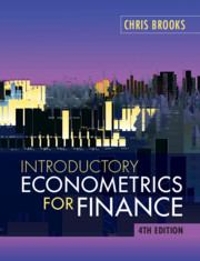Answered step by step
Verified Expert Solution
Question
1 Approved Answer
Consider a share of stock that pays a dividend of $1 at the end of one year, $2 at the end of two years, and
Consider a share of stock that pays a dividend of $1 at the end of one year, $2 at the end of two years, and then dividends grow at a constant rate of 5% per year thereafter. If the required return is 10%, we can value this share of stock by finding P2 using D3, then find P0 = D1/(1.1) + D2/(1.1)2 + P2/(1.1)1. In this formula, it appears as though we ignore all dividends from year three on. Do you agree or disagree and why so?
Step by Step Solution
There are 3 Steps involved in it
Step: 1

Get Instant Access to Expert-Tailored Solutions
See step-by-step solutions with expert insights and AI powered tools for academic success
Step: 2

Step: 3

Ace Your Homework with AI
Get the answers you need in no time with our AI-driven, step-by-step assistance
Get Started


